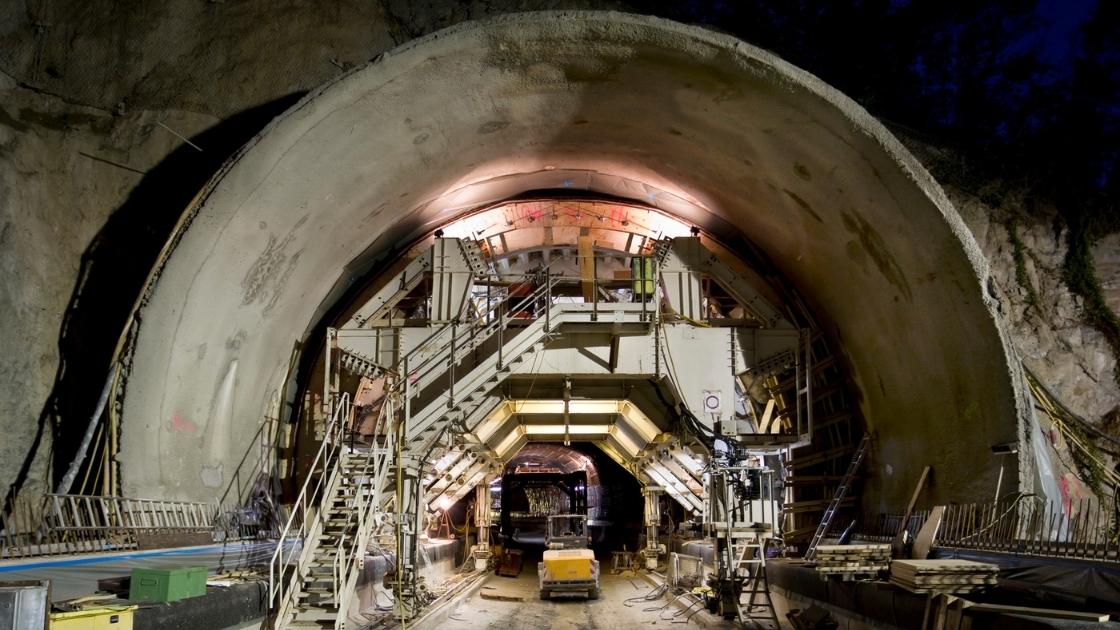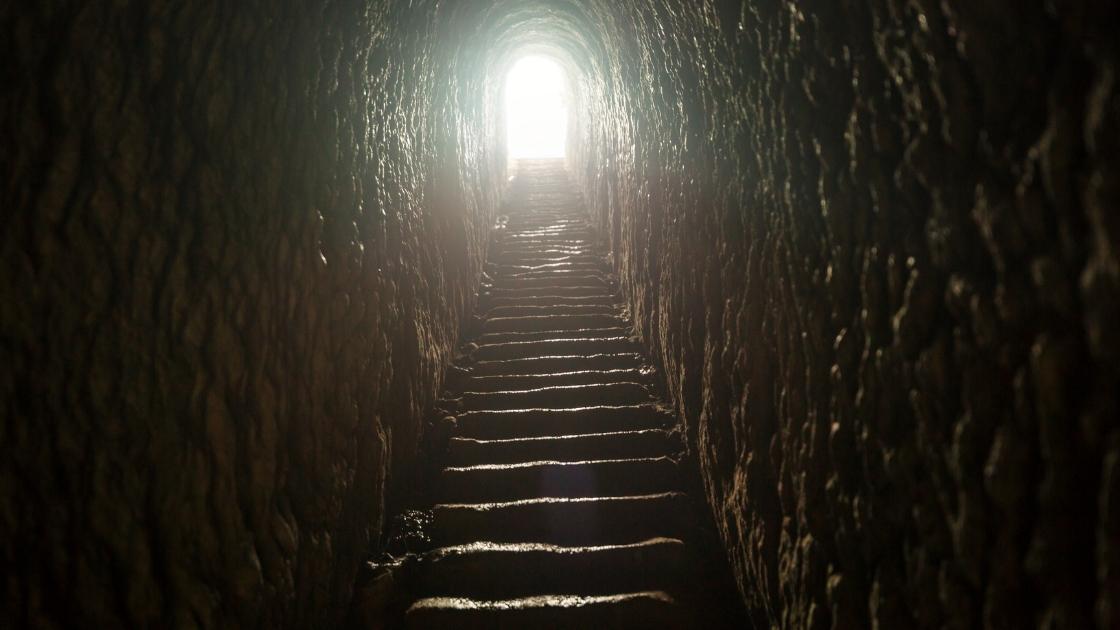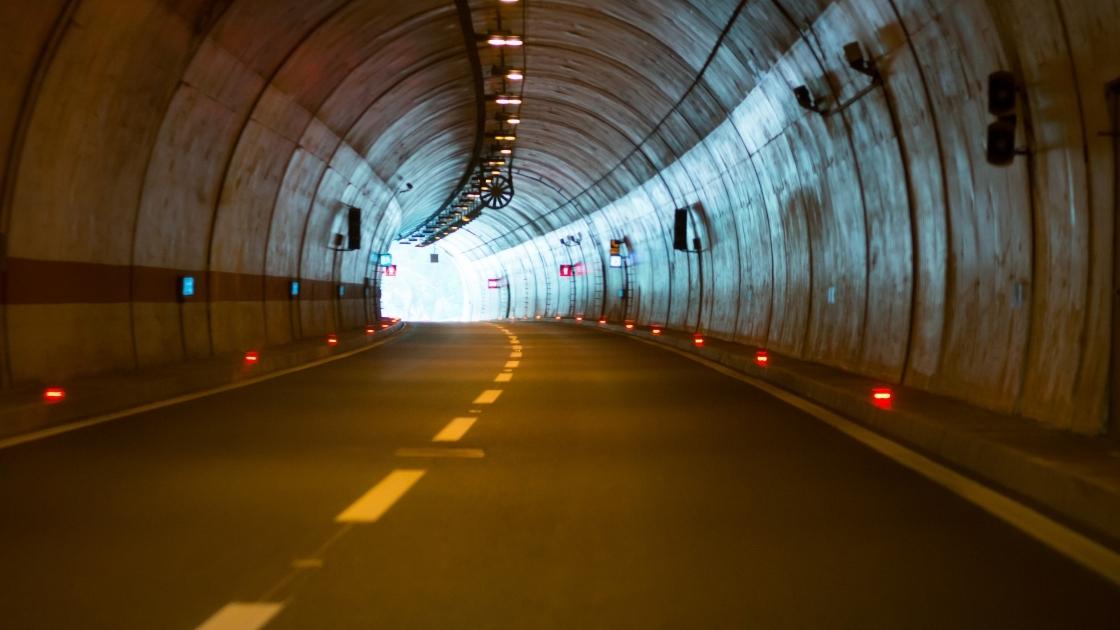What is the Importance of Tunnel Construction?
Tunnel alignment refers to the layout or position of the tunnel with the ground. Its alignment could be vertical or horizontal. A horizontal alignment is a route across the tunnel's centre, while a vertical alignment outlines the elevation changes within the tunnel.

What is Tunnel Engineering?
Tunnels are underground structures that are used for transport. The benefits, characteristics, disadvantages, and tunnelling techniques in construction are covered. Tunnel engineering is one of the most intriguing areas of engineering. It is a complex field and difficult throughout its entire course, although intriguing.
Tunnels are underground passages utilized for transportation purposes. They allow the transportation of freights and passengers or are used to transport utilities such as gas, water, or sewage or gas, for instance. The constructions and operations are completed underground without impacting the surface, known as tunnelling.
The purpose of tunnel Alignment
The purposes of tunnel alignment include:
-
To improve the reliability and quality of the tunnel service.
-
To lessen the effect of surface transit operations in high-risk areas.
-
To cut down on the number of transit trips.
The choice of tunnel alignment is based on:
-
The topography of the region
-
Points of entry and exit to the zone
-
Restraints on alignment
-
Conditions of the environment
Alignment, Gradient and Alignment Tunnel
A comprehensive tunnel survey using precise measurements is conducted to determine the alignment of a new tunnel. If the alignment setting isn't done correctly, the two tunnel's ends won't meet.
As soon as the construction begins, the centerline is drawn on the ground using high precision to ensure that it provides the proper length for the tunnel. Following this, a precise survey is carried out to ensure that the centerline is in the correct horizontal alignment of the tunnel and that various tunnel levels are transferred into the underground locations.
The most important things to keep in mind when deciding on the direction and slope of the tunnel include:
-
The tunnel has to be built with a minimum gradient as per the standards and guidelines.
-
The tunnel's alignment must be straight as far as possible to ensure that the shortest and most cost-effective route is found.
-
Always ensure that you have proper ventilation and lighting.
-
The side drains of the tunnel should have, at the very least, a gradient of 1 in 500 to ensure efficient drainage. The gradient is set starting from the centre and moving towards the end, which is particularly important for longer tunnels.
Classification of Tunnels Based On Alignment
Based on the alignment of the tunnel, Tunnels can be classified as:
1. Off-spur tunnels
2. Slope tunnels

3. Spiral tunnels

4. Base tunnels or saddle tunnels

Tunnels with shorter lengths to get around small obstacles are referred to as off-spur tunnels. If tunnels are aligned to the natural slope of valleys, they are called base or saddle tunnels. Slope tunnels are built on steep hills to ensure safety and efficiency during operation.
Tunnels built in the form of loops that run along the insides of mountain ranges can be classified by their spiral shape. On the other hand, saddle tunnels, also known as base tunnels, are built-in valleys narrow on natural slopes. This way of alignment extends its length to keep away steep slopes.
The Surface Alignment Method and Metrics
Tunnels are aligned directly or in an inclined fashion. Ensure accuracy in the alignment and level is accomplished by using vertical shafts. Measurement of alignment between surfaces and measurements is done in the course of tunnel surveying which is known as set-out of the tunnel, which requires taking the steps below:
-
Surface survey with the fine centerline or tunnel alignment on the surface. In this technique, an initial survey is carried out through precise traversing with a theodolite to connect the two sides of the tunnel plan. Then, by using an existing plan and a specific survey, the final alignment is determined.
-
Moving alignments from the surface into underground shafts involves transferring the centerline, or alignment from the surface, into underground shafts.
-
Set out underground and final levelling. Levelling the surface beneath is carried out as usual. Again, the nearest benchmarks are utilized to transfer levels beneath.
Benefits of Tunneling
Tunnelling methods have certain advantages when compared to other methods. They are described in the following paragraphs:
-
Tunneling is more cost-effective in the sense that it is less expensive than an open cut trenching when the depth goes beyond the limit
-
The life of the surface or activities that take place on the ground, like transportation, is not affected by tunnelling is carried out.
-
The technique ensures fast construction while consuming less power.
-
Reduces Noise Pollution
-
These techniques are free of the risks of icebergs or snow in high altitude areas.
-
Interference with air and surface is not permitted in tunnels.
-
Tunnels with easy gradients can help reduce the cost of transporting. In the case of transporting public utilities, the tunnelling method offers a significant advantage to bridges.
-
The danger of an open cut to the structure next to it that must be closed can be solved using tunnelling.
-
Tunneling provides greater security during aerial war and bombing situations.






